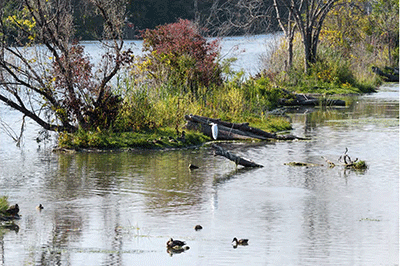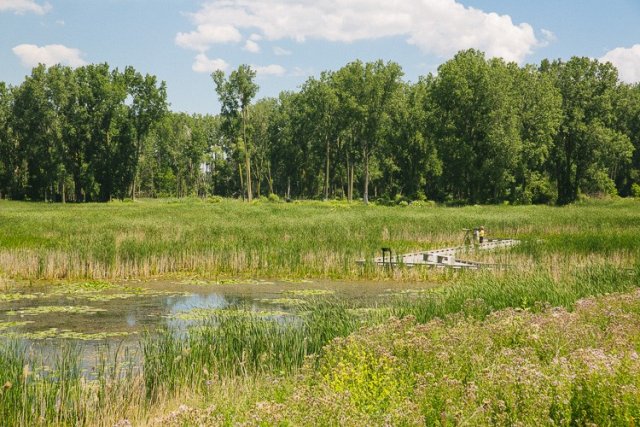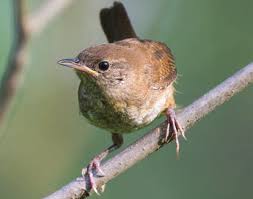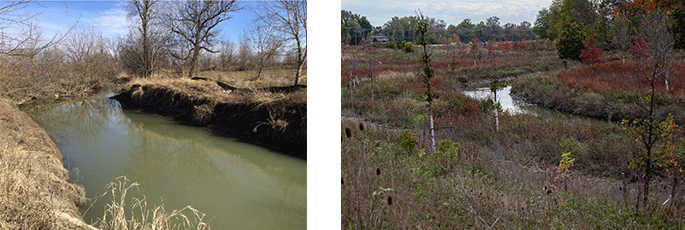Remediation and Restoration Projects for Clinton River AOC
On this page:
Clinton River Spillway Habitat Enhancement
Lake St. Clair Pointe Rosa Coastal Marsh Restoration
Partridge Creek Commons Restoration
Project Table of Remediation and Restoration Projects
Remediation and Restoration Project Highlights
Restoration Project Highlight: Clinton River Spillway Habitat Enhancement
The Macomb County Public Works Office completed work with GLRI funds to enhance the habitat for fish and wildlife in the Clinton River “Spillway” in 2019. The Spillway is a 2.5-mile-long, 80-foot-wide, man-made channel constructed by the U.S. Army Corps of Engineers in 1950 to provide flood control to the city of Mount Clemens, as well as to Clinton and Harrison townships in Michigan. The Spillway runs southeast from the overflow weir at Gratiot Avenue to Lake St. Clair. Both the Spillway and Lake St. Clair have fish communities that include emerald shiner, spottail shiner, largemouth bass, pumpkinseed sunfish, and brook silverside as predominant classes.

The GLRI funds were used to create diverse aquatic and terrestrial habitats. Fish spawning, rearing, and refuge habitats were enhanced through the excavation of floodplain shelves, the addition of gravel substrate, and the placement of wood structures. Woody debris and root wads provide habitat and resting areas for frogs, wading birds, turtles, ducks, and other native aquatic animals. Shallow water habitats in the excavated off-channel areas promote the growth of native cattail and other plants, and the newly created transition areas connect both riparian and floodplain areas to the channel. Plantings and invasive species control improved the density and diversity of native plant communities.
The goal of this project was to improve both the aquatic and terrestrial habitats of the Spillway, support robust populations of native wildlife, and make the area accessible and enjoyable to the surrounding communities. The project addressed the following BUIs:
- Degradation of Fish and Wildlife Populations
- Loss of Fish and Wildlife Habitat
- Degradation of Benthos
Restoration Project Highlight: Lake St. Clair Pointe Rosa Coastal Marsh Restoration
Macomb County and the Huron-Clinton Metropark Authority were awarded GLRI funds to restore the Pointe Rosa Marsh area of the Lake St. Clair Metropark in Harrison Township, Mich. Shoreline development, invasive species and non-point source run-off have damaged or contributed to the loss of coastal marshes in the Clinton River AOC.
The Pointe Rosa Marsh restoration project was completed in 2013. The restored marsh acts as a natural filtration system for stormwater runoff to Lake St. Clair and provides critical habitat for turtles, invertebrates, and threatened or rare birds such as the least bittern, the marsh wren, and the Wilson’s snipe, which all rely on healthy marshland to survive. The restoration project also incorporates habitat structures for native wildlife species, such as the Eastern fox snake. Lastly, the project removed invasive phragmites, promoting conditions necessary to restore the plants native to the marsh community.
These efforts addressed the BUIs below:
- Degradation of Fish and Wildlife Populations
- Loss of Fish and Wildlife Habitat
- Degradation of Benthos
More information:
On the St. Clair Coastal Marsh Restoration project, see Lake St. Clair Coastal Marsh Restoration.
Restoration Project Highlight: Partridge Creek Commons Restoration
Macomb County Public Works was awarded a GLRI grant to restore habitat in Gloede Drain, Partridge Creek Commons. The project was completed in 2019. The GLRI funding was used to treat invasive species, plant native vegetation, stabilize the eroding streambanks to reduce sedimentation, and create diverse in-stream, wetland, and upland habitats.
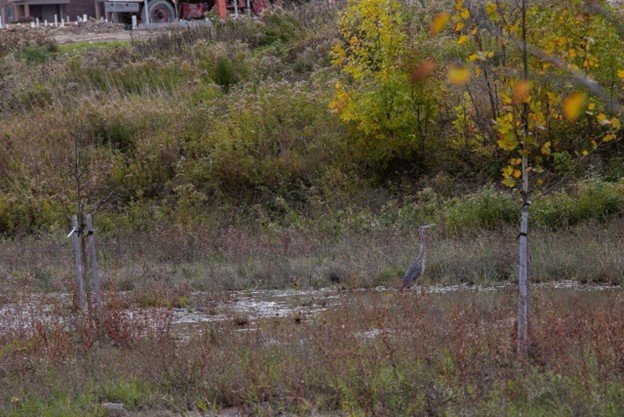
This table lists Remediation and Restoration Projects for Clinton River AOC.
| Project Title | Project Description | Date Completed | Targeted BUI(s) |
|---|---|---|---|
| Sediment Remediation Project | Remediation of PCB contamination impacting sediments located inside and outside of the Federal Navigation Channel in the Lower Clinton River. | 2025 (est.) |
|
| Sterling Relief Drain Daylighting and GI Retrofit | Green infrastructure was added to create diverse habitats for wildlife such as monarchs and natural pollution and storm runoff control. |
2020 |
|
| Galloway Wetland Restoration | Debris was removed and natural soil exposed to plant native wetland vegetation that helps reduce creek pollution. | 2020 |
|
| Galloway Creek Fish Passage Restoration | This cold-water trout fishery was improved by removing fish barriers to reconnect habitat in addition to stabilizing streambank. | 2019 |
|
| Harley Ensign Coastal Wetland Restoration | Created different types of wetland habitat, upland habitat, and controlled invasive species at the mouth of the Clinton River. | 2019 |
|
| Shelby Township Streambank Stabilization and Habitat Restoration | One mile of natural river channel was restored, encompassing critical areas for native wildlife. Structures for fish habitat and native vegetation were added. | 2019 |
|
| Clinton River Spillway Habitat Enhancement | Two miles of spawning habitat for young fish were created off the channel and additional work provided fish spawning, rearing, and refuge habitat. | 2019 |
|
| McBride Drain Habitat Enhancement | Stream habitat was improved by making habitat morphology more natural, planting native vegetation, and controlling invasive species. | 2019 |
|
| Partridge Creek Commons Habitat Restoration | Aquatic and associated terrestrial habitats were improved by planting native vegetation and adding cover within the stream for wildlife. |
2019 |
|
| Wolcott Mills Metropark Wetland Restoration | Restored native grassland and forested wetlands ecosystems that had been lost in the Clinton River watershed. |
2018 |
|
| Black Creek Marsh Restoration | Fish and wildlife habitat were improved and natural coastal wetland habitat that improves water quality was restored. | 2018 |
|
| Clinton River Corridor Habitat Restoration | Instream, riparian and wetland habitats were restored and made more diverse for wildlife and to decrease erosion. | 2018 |
|
| St. Lawrence Cemetery Remediation | Stream bank stabilization to mitigate erosion and prevent the exposure of landfill debris. | 2017 |
|
| Sylvan Glen Golf Course Restoration | The natural shape of stream habitat was improved and wildlife connectivity between stream and other habitats was increased. | 2016 |
|
| Lane Drain Habitat Restoration | Fish passage and habitat in the Red Run Drain was improved by reconnecting stream habitat to tributaries and removing Aquatic Center Pond Dam. | 2014 |
|
| Paint Creek Habitat Restoration | Additional habitat restoration at Paint Creek involved stabilizing stream bank and reconnecting the floodplain to wetlands near the stream. | 2014 |
|
| Lake St. Clair Pointe Rosa Coastal Marsh Restoration | Restored coastal wetlands to protect threatened or rare birds and reptiles at Pointe Rosa Marsh and to improve water quality with healthy marsh filtration. | 2013 |
|
| Avon Creek Restoration Project | A pond bypass to facilitate fish passage was built and fish habitat within the stream was restored. Streambanks were also stabilized. | 2012 |
|
| Paint Creek Dam Removal and Habitat Restoration | Removal of the Paint Creek Dam restored fish passage and enhanced aquatic habitat. | 2012 |
|
| Cascade Dam Removal | The dam removal allows unimpeded fish passage, restoring access to high-quality headwater stream habitat for fish such as steelhead. | 2011 |
|

